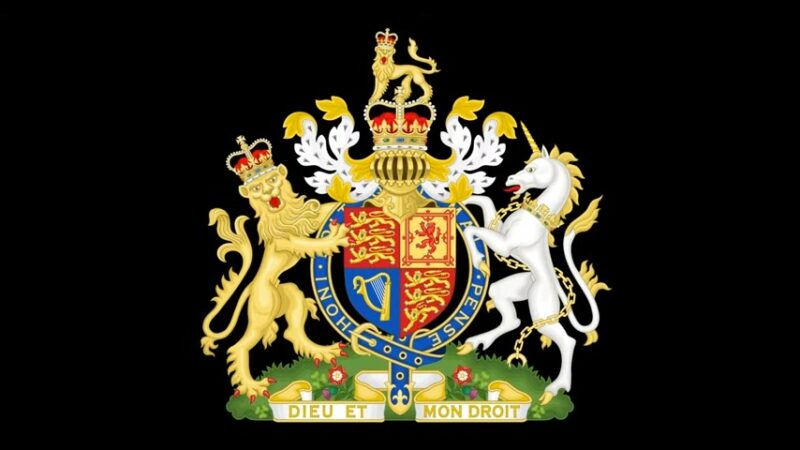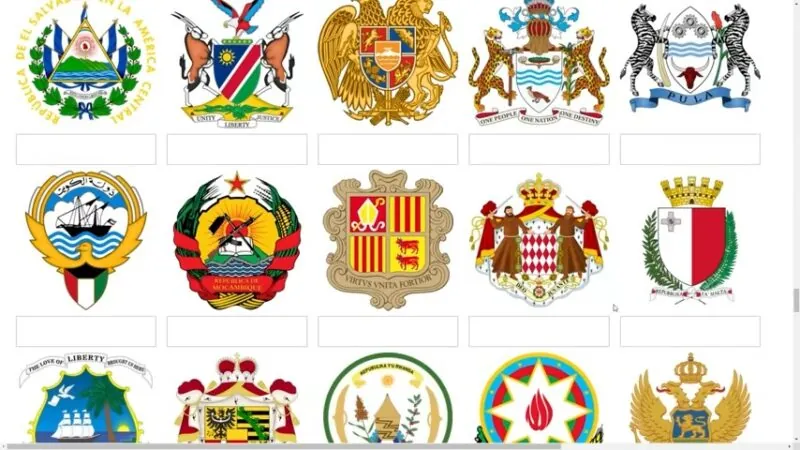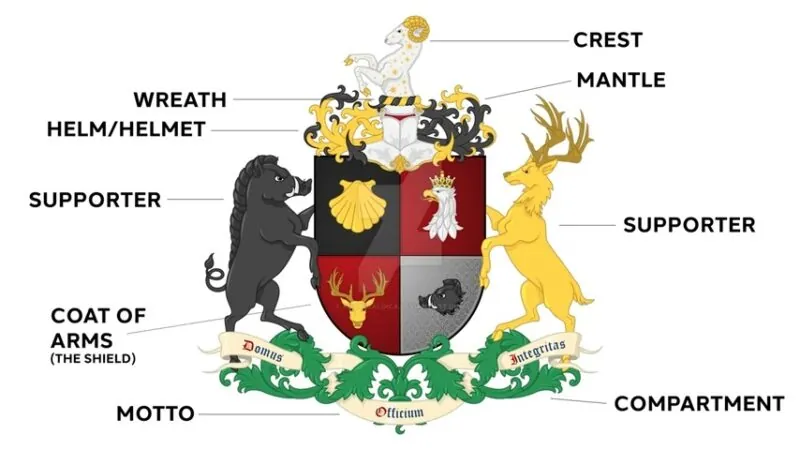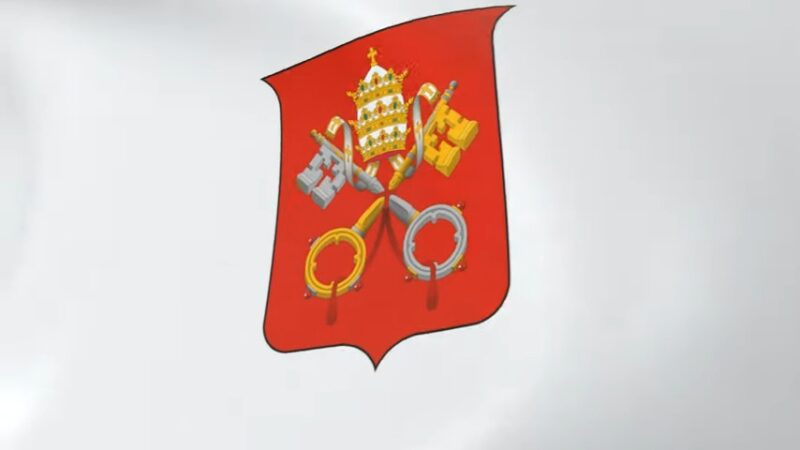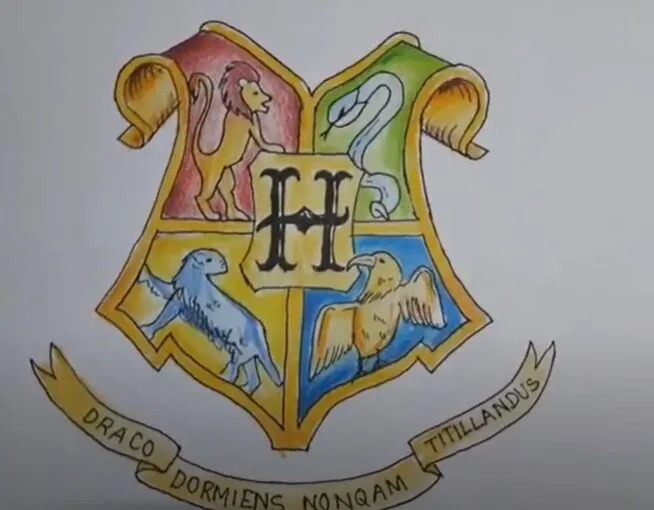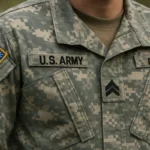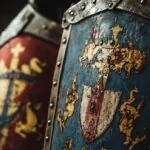Heraldry is a fascinating and intricate art form that dates back to medieval Europe. At its core, it is a system of visual identification used by knights, nobles, and other prominent individuals. One of the most recognizable aspects of heraldry is the coat of arms, a unique set of symbols representing a family, organization, or individual.
In this comprehensive article, we will explore the rich history and meanings behind the coat of arms symbols. We will delve into the different elements that make up a coat of arms, their origins, and the intriguing stories behind some of the most famous and captivating designs. Let’s embark on this fascinating journey into the world of heraldry.
The Origins and Evolution of Coats of Arms
The Emergence of Heraldry
Heraldry, as a form of visual identification, began to emerge during the High Middle Ages in Europe, roughly between the 11th and 12th centuries. Knights and nobles needed a way to distinguish themselves in battle, and heraldic designs painted on their shields served this purpose.
The Role of Heralds
Heralds were officials who specialized in the art of heraldry. They were responsible for creating, registering, and authenticating coats of arms. They also served as announcers during tournaments, delivering messages between opposing parties and maintaining records of the various arms and lineages.
Coats of Arms Across Europe
While the tradition of heraldry began in Europe, it quickly spread to other parts of the continent. Each region developed its own distinctive styles and traditions, from the intricate designs of English heraldry to the more simplistic patterns found in Scandinavian coats of arms.
The Anatomy of a Coat of Arms
Shield
The shield is the central element of a coat of arms and is typically divided into sections called fields. Each field features a specific color, pattern, or symbol, which represents an aspect of the individual or family’s identity.
Helm
Above the shield, a helm is often depicted, representing the helmet worn by knights in battle. The design of the helm can vary, depending on the social rank of the person or family.
Crest
The crest is a decorative element that sits atop the helm. It typically includes symbolic representations of animals, plants, or other objects that hold significance for the individual or family.
Mantling
Mantling, also known as the lambrequin, is a decorative piece of fabric that drapes around the helm and shield. It is said to represent the protective cloth worn by knights in the battle to shield them from the sun.
Supporters
Supporters are figures, often animals or human figures, that stand on either side of the shield as if holding it up. They are usually chosen for their symbolic meaning or to represent the family’s values or interests.
Motto
The motto is a phrase or saying that encapsulates the guiding principles of the individual or family. It is often inscribed on a scroll beneath the shield or above the crest.
Symbols, Colors, and Their Meanings
Colors (Tinctures)
Colors in heraldry are known as tinctures, and they carry specific meanings. The primary colors are gold (Or), silver (Argent), red (Gules), blue (Azure), green (Vert), purple (Purpure), and black (Sable).
Patterns (Furs)
In addition to solid colors, coats of arms may also feature patterns called furs. The two most common furs are ermine, which represents dignity and nobility, and vair, a pattern that symbolizes humility and a willingness to serve.
Symbols (Charges)
Charges are the various symbols that appear on the shield, and they can be animals, plants, or objects. These symbols often hold personal or cultural significance and are chosen to represent the values, achievements, or history of the individual or family. Some common charges include:
- Lions, symbolizing courage, strength, and bravery
- Eagles, representing power, authority, and wisdom
- Stags, signifying peace, harmony, and a strong connection to nature
- Roses, embodying beauty, love, and hope
- Swords, signifying valor, justice, and military prowess
Famous Coats of Arms and Their Stories
The Royal Arms of England
The Royal Arms of England is one of the most famous coats of arms in the world. It features three golden lions on a red field, symbolizing the strength, courage, and majesty of the English monarchy. This design dates back to the reign of Richard the Lionheart in the 12th century and has since been adapted and updated by successive monarchs.
The Coat of Arms of Scotland
The Scottish coat of arms is characterized by a red lion rampant on a yellow field, surrounded by a double border adorned with fleurs-de-lis. This design represents the fierce spirit of the Scottish people and their connection to the French monarchy, as seen through the fleurs-de-lis, which are symbols of French royalty.
The Coat of Arms of the Vatican City
The Vatican City’s coat of arms features two crossed keys, symbolizing the keys to the kingdom of heaven, and a tiara, representing the Pope’s authority as the spiritual leader of the Catholic Church. This design illustrates the dual role of the Pope as both a religious leader and a temporal ruler.
The Modern Use of Coats of Arms
Coats of Arms in Government
Today, coats of arms continue to be used by governments, institutions, and organizations as symbols of their identity and authority. National, regional, and city coats of arms can be found on flags, seals, and other official documents, connecting modern societies to their rich historical roots.
Coats of Arms for Individuals and Families
While the use of coats of arms by individuals and families has declined over time, there is still a thriving community of heraldry enthusiasts who create and maintain their own unique designs. Some people choose to research and adopt the historical coats of arms associated with their surnames, while others opt for custom designs that reflect their values, interests, or personal stories.
Coats of Arms in Popular Culture
Coats of arms have also found a place in popular culture, particularly in fantasy literature, movies, and television series. From the sigils of noble houses in George R.R. Martin’s “A Song of Ice and Fire” series to the family crests featured in J.K. Rowling’s “Harry Potter” books, these symbols continue to capture the imagination of audiences worldwide.
Final Words
The art of heraldry and coat of arms design is a fascinating window into the past, revealing the stories, values, and aspirations of those who came before us. From the battlefield to the modern boardroom, these intricate and symbolic designs have stood the test of time, continuing to inspire and captivate audiences across the globe.
As you now understand the rich history, meanings, and stories behind a coat of arms symbols, you can appreciate their lasting impact on our culture and heritage. Whether you’re tracing your family’s lineage, exploring the world of fantasy fiction, or simply admiring the beautiful designs that adorn government buildings and institutions, the world of heraldry offers a wealth of knowledge, intrigue, and artistic inspiration.

